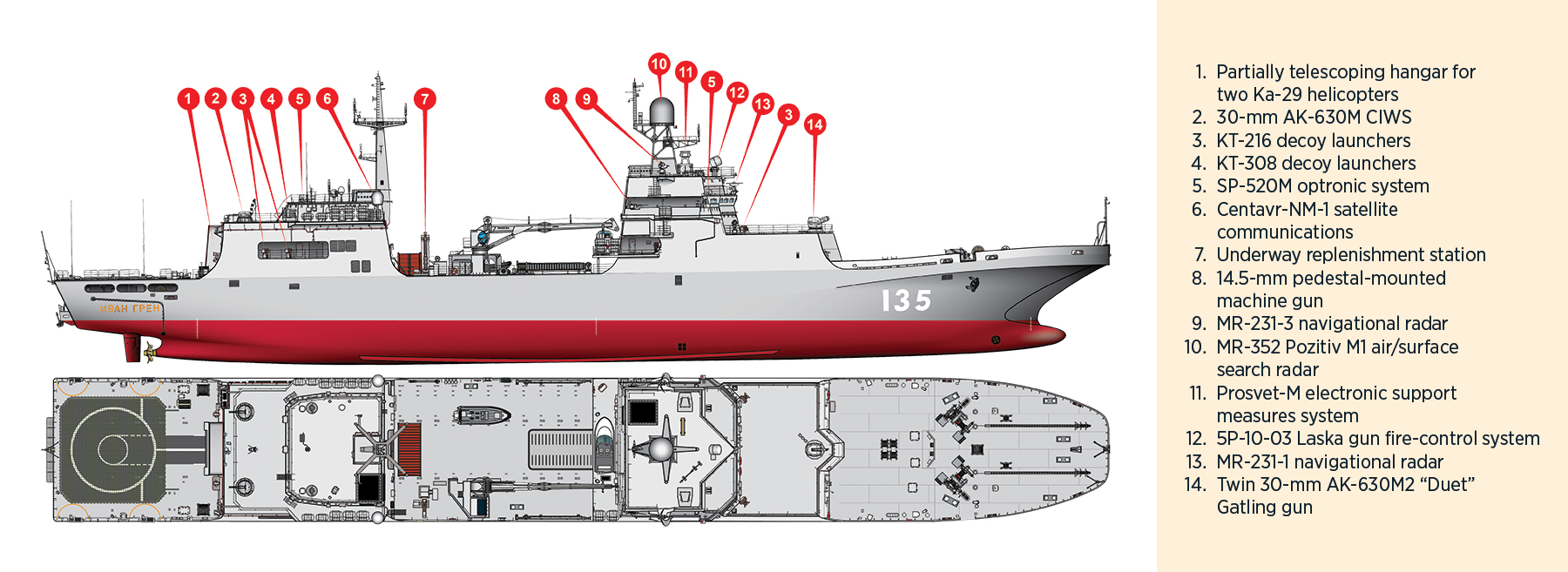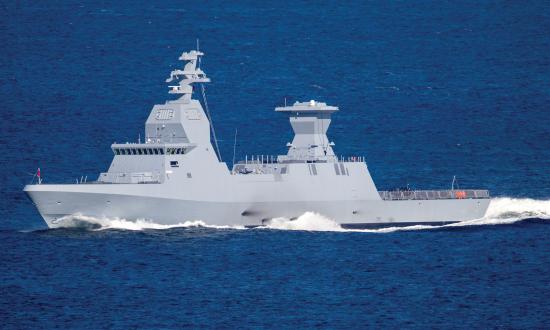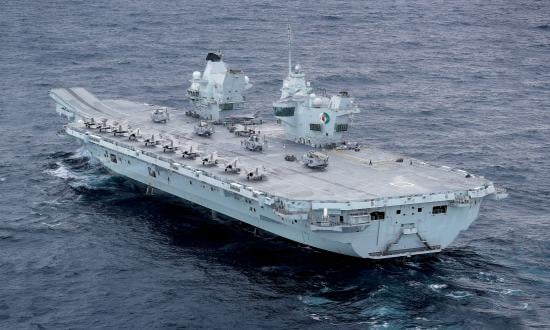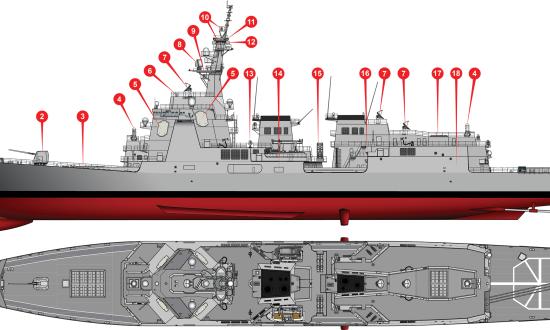The Ivan Gren–class (Project 11711) tank landing ships (LSTs) are modest in design but help bridge shortfalls in Russian amphibious assault capabilities, which had languished since the end of the Cold War. Amphibious gaps were on display during Russia’s 2008 invasion of Georgia and were exacerbated when France canceled delivery of two Mistral-class big-deck amphibious assault ships following Russia’s 2014 seizure of Crimea from Ukraine.
This left the Ivan Gren to soldier on alone as Russia’s sole amphibious construction effort at the time, even in the face of the project’s share of setbacks and extensive delays. The 6,000-ton Ivan Gren initially was considered a simple replacement program for the Alligator-class (Project 1171) LSTs that were built in the 1960s and ’70s. The first unit was laid down on 23 December 2004 at Yantar Shipyard in Kaliningrad, but she was not launched until 2012. Sea trials uncovered propulsion problems that required alterations and caused further postponements. The Ivan Gren finally was commissioned in June 2018, more than a dozen years after construction began.
Construction of the second ship of the class, Pyotr Morgunov, began in June 2015 but proceeded much more smoothly. She was launched in May 2018 and commissioned in December 2020. Both ships are now based in Severomorsk as part of the Northern Fleet.
Each ship has a crew of 100 and can transport up to 13 main battle tanks or 36 armored personnel carriers, as well as 300 combat troops. The LSTs measure 394 feet long, with a 54-foot beam and a draft of 12.5 feet. The class has ramps at both bow and stern for loading and offloading cargo and vehicles. Two diesel engines drive two propellers, providing a top speed of 18 knots, with a range of 3,500 nautical miles at 16 knots cruising speed.
For self-defense, the class is armed with a twin 30-mm “duet” Gatling gun mount forward of the bridge and two 30-mm close-in weapon systems (CIWS) atop the helicopter hangar. The class can carry two Ka-29 naval transport helicopters or other similarly sized rotary-wing aircraft.
With the first two ships now in service, construction efforts have shifted to a larger, improved variant of the class. Two of these enhanced LSTs, the Vladimir Andreev and Vasily Trushin, were laid down in April 2019 for planned commissioning by 2024. They are expected to displace some 40-percent more than the first two Project 11711 vessels and will have a larger crew, significantly increased cargo capacity, and additional hangar space to carry up to four helicopters. Future acquisition of additional units is also under consideration.







